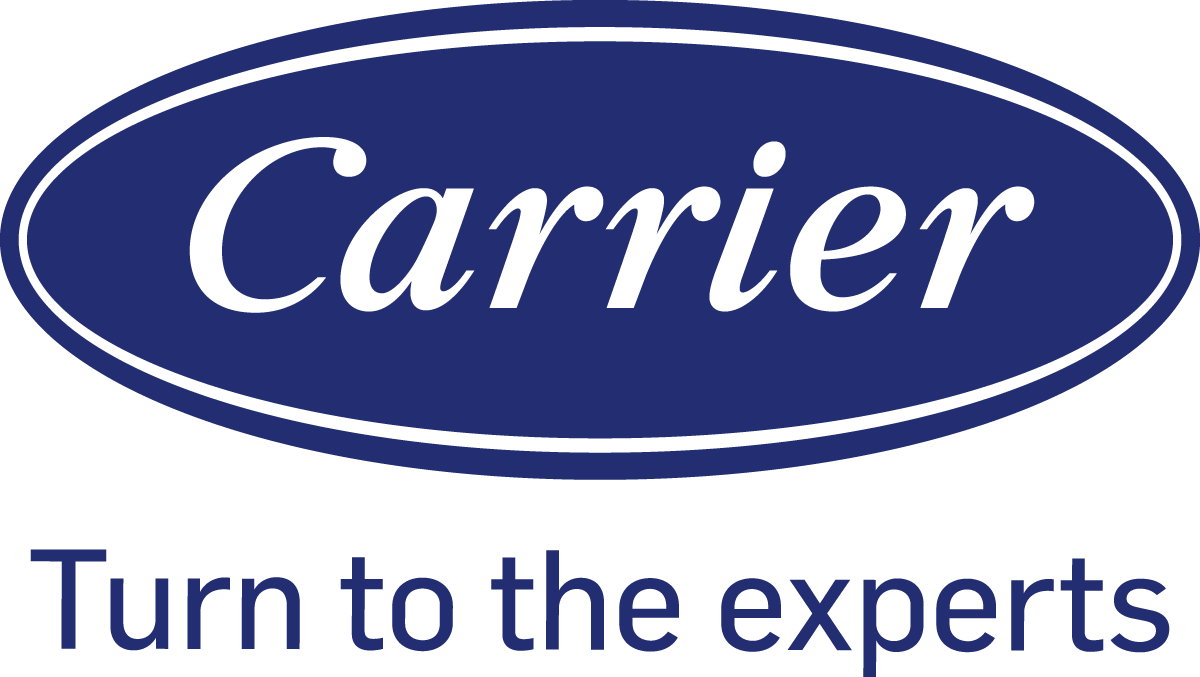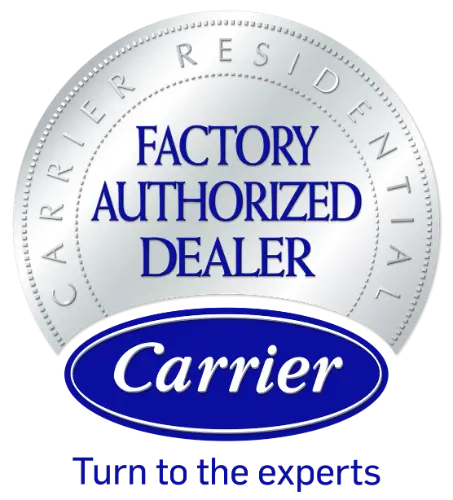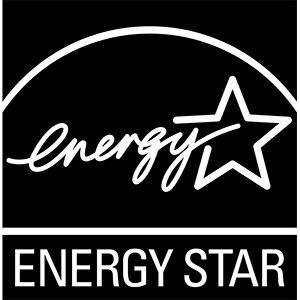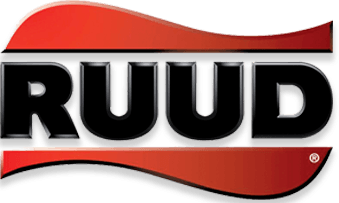When you’re in the market for a new commercial HVAC system for your business, it’s natural to have many questions, and a common one is, “What will it cost to install?” The price can vary significantly depending on factors such as the size and layout of your business, and whether you already have an HVAC system in place. An estimate from a professional contractor can fluctuate based on the condition of any existing system and the complexity of the job.
This variability also holds true in residential areas, where the cost of installing HVAC systems in homes can differ widely. Different brands play a key role in this price variation, as each brand offers unique features. For instance, a heat pump from one manufacturer may come with advanced features that increase its price.
As you prepare for future expenses and gather quotes from different contractors, the process can become complicated. While these quotes can give you a sense of the potential costs, interpreting them can be as challenging as understanding complex HVAC schematics if you’re unfamiliar with the intricacies of HVAC replacements. That’s why equipping yourself with the right knowledge is crucial to making an informed decision.
Key considerations include:
- The types of HVAC systems available
- Factors influencing installation costs
- What constitutes a reasonable price
It’s important to understand that while a quality commercial HVAC system with a comprehensive warranty isn’t cheap, it’s an essential investment. As a business owner, you recognize the importance of maintaining comfortable indoor temperatures, especially during peak seasons, to ensure employee productivity and customer satisfaction.
An energy-efficient system built for long-term performance will eventually pay off in reduced utility and maintenance costs. Plus, keeping your business environment comfortable can have lasting benefits for your operations.
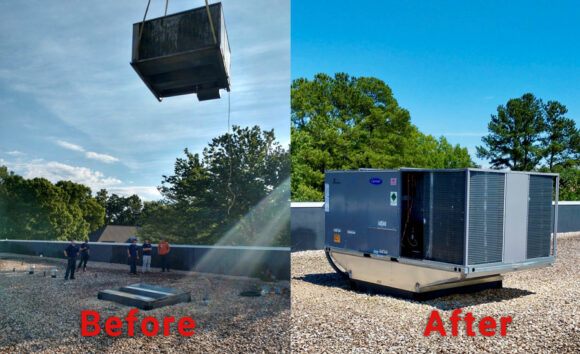
Factors Influencing Commercial HVAC Installation Costs
Several factors can affect the cost of installing a new commercial HVAC system. These include the need for repairs, efficiency upgrades, or a full installation for a new building. Exploring various options can help you find the best fit for your needs.
New Installation or Replacement?
If your building already has central air conditioning, replacing it with a more efficient unit will typically cost less than installing a completely new system in a building without central heating and cooling. New installations are labor-intensive and require additional infrastructure such as ductwork, drains, and wiring, which drive up the cost.
System Type
The type of system you choose will also impact the installation cost, as each system has specific requirements. Commercial HVAC systems come in various sizes and types, and selecting the right one for your space is critical.
- Package Units: These are popular in commercial settings for their efficient heating and cooling.
- Heat Pumps: More common in warmer climates, heat pumps are typically more expensive but offer savings in the right environment. They can come in split or packaged units.
- Ductless Mini-Split Systems: Ideal for small spaces, these systems don’t require ducts. However, for larger areas, they may not be cost-effective because they need to work harder to maintain the desired temperature.
While certain systems may have a higher upfront cost, they can offer significant long-term savings. For instance, Variable Refrigerant Flow (VRF) systems are more powerful and energy-efficient but tend to be more expensive due to their complexity. However, they offer consistent comfort, lower energy costs, and reduced maintenance expenses over time.
System Size
The size of the HVAC unit plays a significant role in installation costs. Central air conditioning systems are measured in tons, which reflects their cooling capacity. A larger building will require a bigger system, and therefore, the cost will increase accordingly.
Building Size
The larger your building, the bigger the HVAC system needed to regulate internal temperatures. Installing a system for a large space naturally incurs higher costs. Attempting to cut corners by installing a smaller unit can result in inefficiencies, leading to higher operational costs and potentially shorter system life.
Proper Sizing and Efficiency
Ensuring the right size HVAC system for your building is crucial. An oversized unit may cool an area too quickly, leading to inefficient dehumidification and discomfort. Engaging a professional contractor for a load calculation and energy analysis can provide insight into the best-sized system for your space, optimizing both cost and efficiency.
SEER Rating
A system’s efficiency is often measured by its Seasonal Energy Efficiency Ratio (SEER), which compares the unit’s cooling output to its energy use. Higher SEER-rated systems may have a higher initial price but offer significant savings on energy bills over time.
EER Rating
The Energy Efficiency Ratio (EER) measures a system’s cooling output against its wattage. A higher EER rating means more efficient operation, translating to lower energy costs and smoother performance over time.
Installation Difficulty
The complexity of the installation process also affects costs. If you’re replacing an existing system and the current ductwork and piping don’t need modifications, the installation will be simpler and less expensive. However, new installations or extensive renovations can involve more labor and planning, increasing costs.
- Ductwork: If new ductwork is required, it can significantly impact the overall installation cost. Poorly installed or outdated ductwork can lead to inefficiencies and higher energy bills.
- Vent Placement: Larger commercial spaces may require more supply and return vents, which also raises the installation cost.
If your business will remain open during the installation, this can further complicate the process, leading to higher labor costs, especially if the work must be done after hours.
System Controls
The controls you select, such as thermostats or integrated smart systems, will also impact the cost. Depending on the complexity of your business needs, these upgrades can add value but also increase the overall price.
Add-Ons and Upgrades
Additional components, like UV air filtration systems, humidifiers, and electrostatic filters, can enhance air quality and provide long-term savings, though they will increase the initial installation cost.
Miscellaneous Charges
There may be other unexpected costs, such as required city inspections, permits, and additional testing. These are essential to ensure the system is functioning as intended and meets local regulations.
Making the Right Choice
Investing in a commercial HVAC system is a major decision. While it may be tempting to opt for the cheapest option, it’s important to prioritize quality and efficiency to ensure long-term savings and comfort for your business. Frank Gay Commercial offers comprehensive HVAC installation services tailored to meet your business’s needs. Our team of experts will guide you through the process, ensuring you receive the best system for your budget and long-term operational success.
Contact us at (407) 735-5209 for a personalized estimate and to learn how we can help optimize your HVAC system for improved air quality and energy efficiency.
